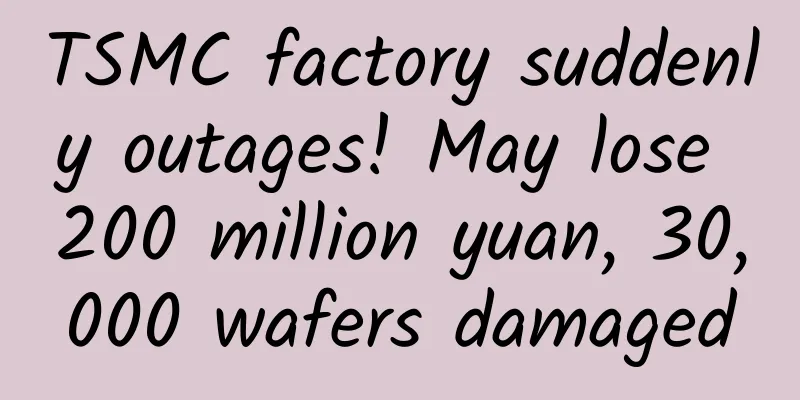Beyond 5G: The next generation of wireless technology is coming

|
The transition to 5G is still underway, but talk has begun about 6G, which experts say could finally unlock the internet's almost magical potential.
“5G is trying to connect everything and is taking some steps in that direction, but 6G is really going to do it well,” said Jeffrey Andrews, director of 6G@UT, a research center at the University of Texas at Austin that launched in June. 5G carrier frequencies above 6GHz will be used for the first time in cellular systems; the result is greater bandwidth and data rates than 4G. John Byrne, director of telecom technology and software services at analyst firm GlobalData, said 6G will take 5G’s high-throughput capabilities to the next level by utilizing terahertz radio frequency bands. “This takes everything that’s great about 5G and makes it even more powerful,” Byrne said. “You’re talking about maybe 1,000 times the throughput, and the goal of 5G is to be able to get to 1 gigabit per second of throughput to your device.” Maximizing the Internet of Things with 6G6G could provide enhanced sensing capabilities – facilitating amplified situational awareness for augmented reality and virtual reality applications to deliver potentially amazing user experiences. For example, Byrne said, “right now at an airport, I can see someone on a screen telling me about the customs process. With 6G, it could be an actual hologram. For video conferencing, we could have a simulated conference room where you can see a hologram of the person instead of their face on a screen.” He said 6G could make networks smarter and more automated by applying data analytics and artificial intelligence. “If you apply data analytics in an environment where you have hundreds of thousands of 6G sensors and you have a data lake that contains all the data, then you start talking about some transformative use cases,” Byrne said. “Data from multiple people starts to tell you something upfront.” The Future of Next-Generation Wireless TechnologyBase stations used for 5G will likely be repurposed for 6G, but satellites may also play a role. “You’re seeing a lot of these low-Earth orbit satellites going up right now, which means we’ll eventually have hundreds or even thousands of satellites — and if they play into the 6G story, that could change the playing field dramatically,” Byrne said. “If I eventually want to provide drones or a service network for my company, then 6G terahertz spectrum and satellite plus ground infrastructure is an interesting combination.” In reality, we’re still a few years away from the arrival of this futuristic new world. “The general idea right now is 2030,” Byrne said, noting that delays in the still-ongoing 5G standards-setting process could set things back somewhat. “The companies and people involved tend to be the same, so everything on 5G will impact the timeline for 6G.” |
<<: 5G messaging is now available for trial use. Will it replace WeChat?
Recommend
10 IT skills that are getting paid the most today
From ERP and compliance to data visualization, th...
Work together to build a secure network and digital ecosystem
Today, digital transformation led by emerging tec...
DiyVM: US CN2/Hong Kong CN2/Japan Osaka VPS monthly payment starts from 50 yuan, Hong Kong server starts from 499 yuan/month
DiyVM is a Chinese hosting company founded in 200...
If you write CRUD every day, it’s time to connect the system to the API gateway!
Today I will share with you some knowledge about ...
Three highlights of the RedCap industry in 2023: New blue ocean of IoT and the journey of commercial use
With the continuous evolution and development of ...
The ultimate form of 5G and its ferryman
Recently, I found that many of my friends have su...
Redis actually has a custom network communication protocol?
[[385171]] All network communications require bot...
Do you know the differences between different versions of HTTP protocol?
[[420148]] Introduction There are already multipl...
Implementing a REST API server with caching in Go
1. REST API principles REST (Representational Sta...
What is the difference between 5G and 5GHz Wi-Fi?
Are 5G and 5 GHz Wi-Fi the same thing? No, but te...
Yunfan accelerates the "live broadcast +" SaaS solution to promote live broadcast into a new era
2016 is known as the "first year of online l...
Three approaches to Bluetooth low energy development
Ask any IoT vendor what makes their product excit...
What are the differences between VLAN and VXLAN? What are the application scenarios of VXLAN?
With the development of network technology, cloud...
Detailed explanation of 5G communication: current status of 5G technology and future trends
Since 2016, 5G has become increasingly popular. A...









